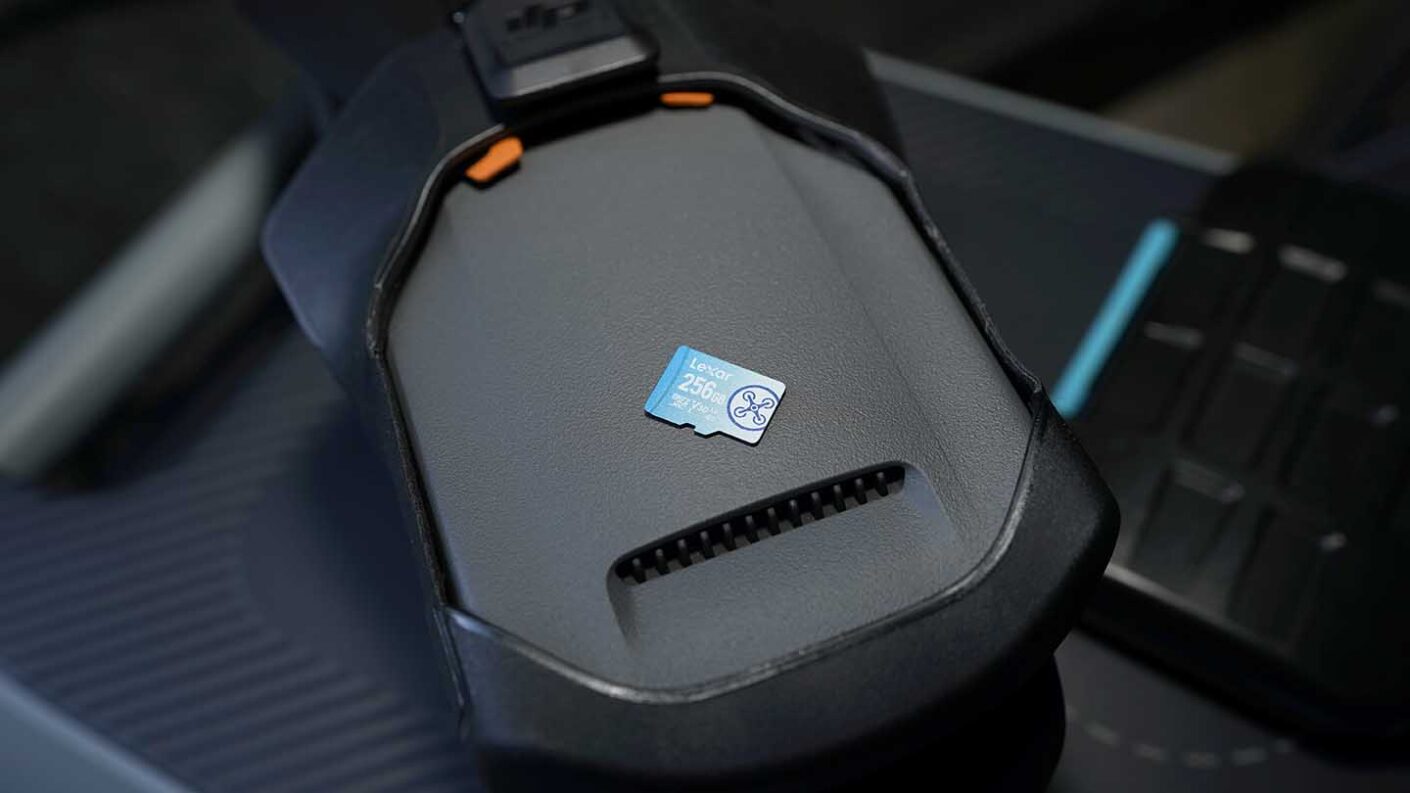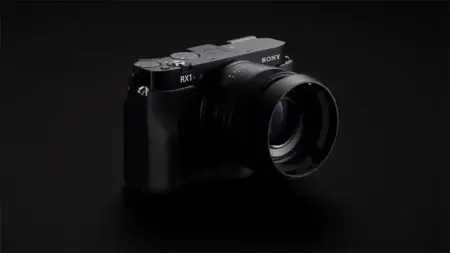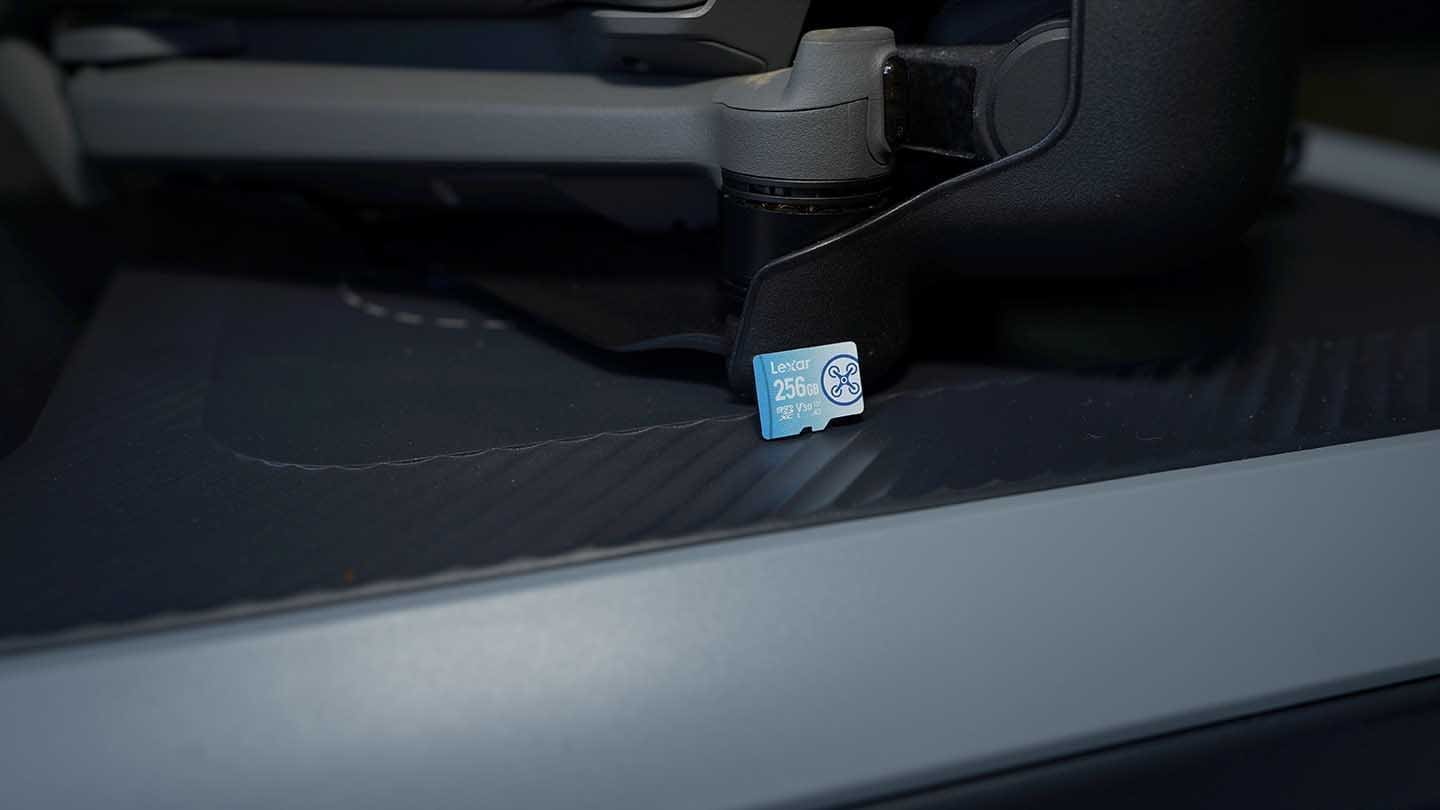The Lexar FLY microSDXC UHS-I Card has been designed for use in drones. Taking a look at the card and aside from the standard form factor and slight rebranding and colour scheme to other MicroSD it runs similar specs to the Lexar Silver card, although the write speeds are slightly reduced.
Still, for a card the size of your thumbnail, it’s U3, V30, and A2-rated; simply put, these speed classifications signal the card’s data transfer speeds under strenuous conditions, like 4K video recording or running Android apps straight off the card, while the focus of the card is drone the A2 Performance Class, highlights it’s compatibility for other uses. I won’t be testing the A2 class performance in this test, but as a projector I’m presently testing is based on the Android system the A2 performance has been tested and as far as that test is progressing the performance seems solid.

Alongside the data transfer speed specification, the card has also been designed to withstand a little more abuse than most others. It is equipped to protect your precious data from shock, vibration, and even X-Ray exposure.
The card is available in three storage capacities – 64GB, 128GB, and 256GB – and backed by a 10-year limited warranty. In this test I’ve taken a look at the middle weight 128GB version.






